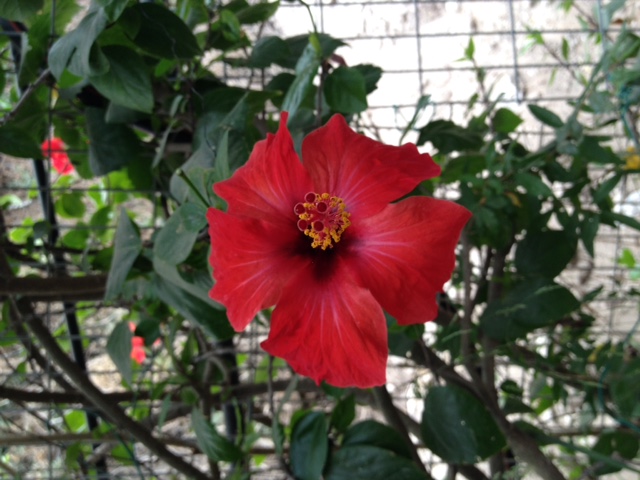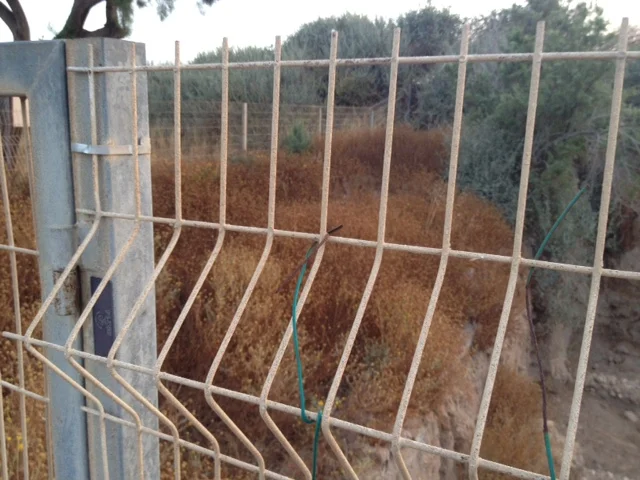Planning is well under way for the 2015 field season. As we gear up for excavation, another important date looms on the horizon -- the 2016 field season which will be the final season of excavation for the Leon Levy Expedition to Ashkelon. That's right, after 30 years of excavation, generously funded by Leon Levy and Shelby White as well as the Leon Levy Foundation, we will complete our excavation of the ancient city of Ashkelon.
Wow.
We still have a lot of work to do and many questions to answer. In the field, we are looking to better understand the 604 destruction of the city, to identify the complete occupational sequence on the North Tell, and to investigate the cardo, one of the defining urban features of ancient Ashkelon. Out of the field, the expedition's publication program is thriving with volumes on the Middle Bronze Age, the Iron Age, the Islamic and Crusader Periods, the Hellenistic period, and a regional survey, well under way. Separate volumes on the Persian, Roman and Byzantine periods are also in the early stages of research and preparation.
As the final season approaches, it is fair to say that thoughts of previous seasons are intruding with greater frequency. Over the next few months, I'll touch upon some of the highlights of the excavation through the years; the people, the excavation, the objects. Have you ever excavated at Ashkelon? Do you have a story to share? If so, let us know, we'd love to hear them.
Check back next week when we'll travel back in time to 1985 and the first season of excavation.
This winter isn't all about nostalgia, however. We are digging this summer and excited about introducing a new group of volunteers to the history and archaeology of Ashkelon. The application deadline is April 6th -- meaning, there is still time to submit one and join us for the experience of a lifetime.
I'll leave you with a blast from the past. Recognize anyone? What about the excavation area?


































